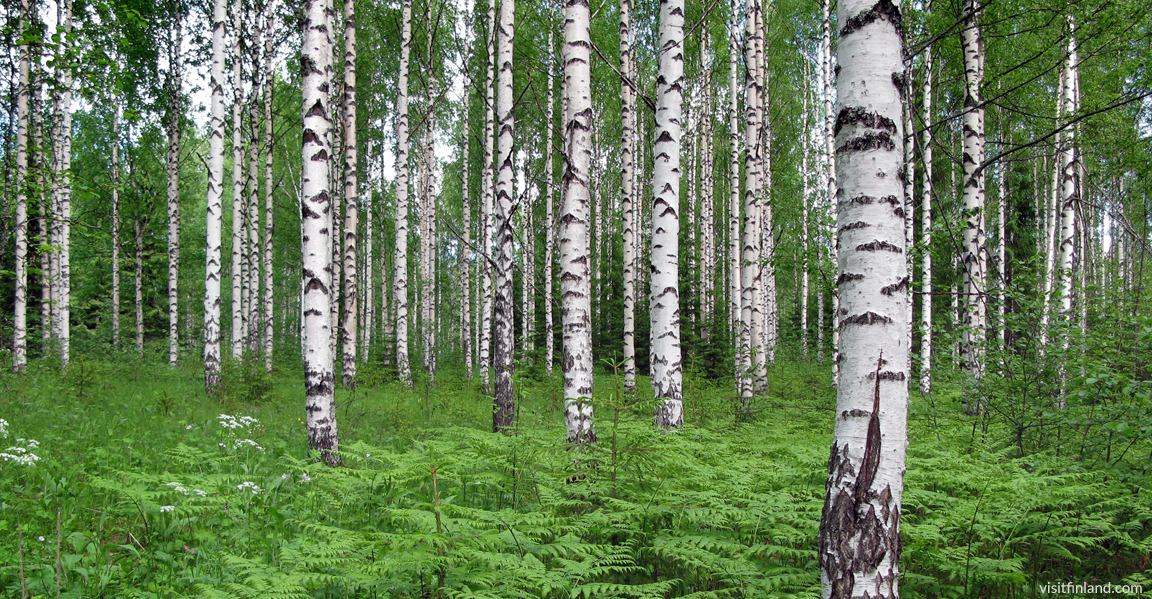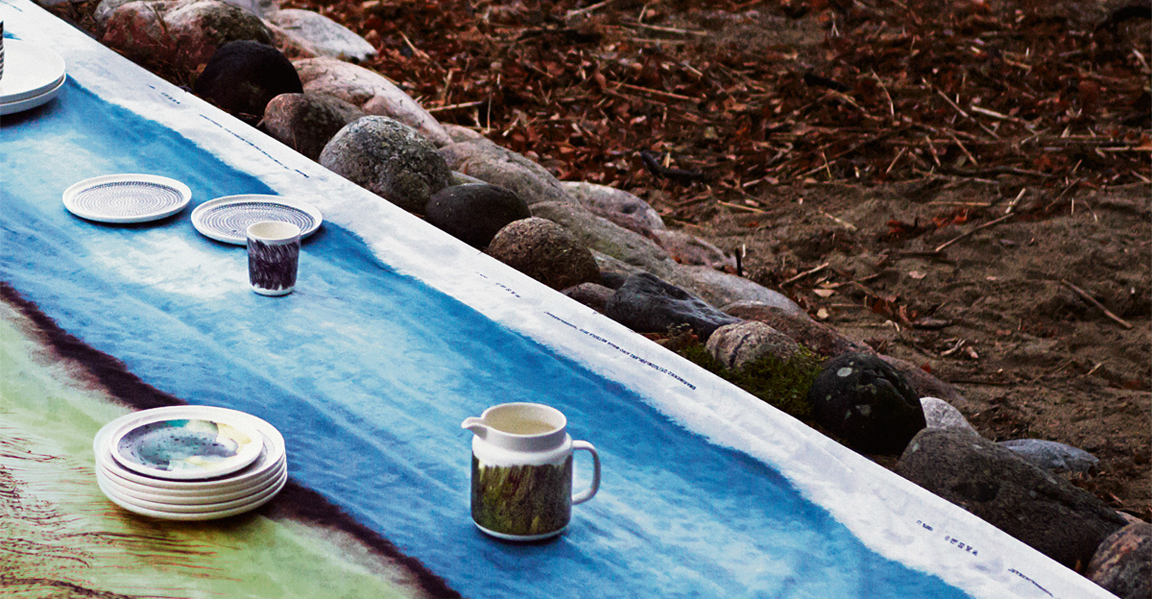
Finland has one of the most beautiful landscapes in the world, and it takes strong measures to preserve it. Finland has been rated among the world's leading countries in many international comparisons of environmental protection standards, such as the Global Economic Forum's regularly compiled Environmental Sustainability Index. As one of the wealthiest industrialized nations with a relatively low population density, Finland is able to make vital environmental investments. Perhaps the biggest reason for its success in conservation, however, is the people's strong ties to nature. The outdoors is an essential part of a Finns' lifestyle, so it makes sense that they would want to help keep it healthy and beautiful.

Finland is home to more than 187,000 lakes, and environmental policies have led to many of the polluted bodies of water being cleaned up. In fact, 80% of Finland's lake water is rated excellent or good. Both the air and water quality near industrial sites has improved, but Finland's inland waters are shallow and vulnerable so still need further attention and care.

Finland is also known for its forests, a place the Finnish soul has always been linked to. Around 65% of Finland's total land area is covered by forest, making it the country's most valuable resource. These wooded areas are managed more sensitively than in the past, and the annual growth outweighs the timber harvest by far. And because Finland has "Everyman's Right," anyone can walk and camp freely in these spaces.

The vegetation of Finnish Lapland is particularly prone to damage from logging and overgrazing by domesticated reindeer. In Finland, reindeer outnumber people in population. Fortunately these threats have been reduced through the protection of large areas of forest and restrictions on the number of reindeer one can own. Increasing tourism in Lapland may be a burden to the environment in some ways, but it can also encourage environmental protection since visitors are drawn to Lapland by the region's greatly untouched natural settings.

Of course, Finland is also known for its design, and these Finnish brands also take environmental responsibility seriously. Design house Marimekko takes environment into account and releases a sustainability review yearly to report changes made to reduce its carbon footprint. The head office also has a WWF Green Office Badge to further regulate practices.

Most of these involve operations at its textile printing factory in Finland, where its world-famous fabrics are made. Sustainable cotton is used, and leftovers are recycled into useful products like tote bags that can replace plastic ones. Paper, cardboard, metal, computer and energy waste are all recycled, and any waste from equipment that cannot be recycled or disposed of properly is sent to a hazardous waste processing plant after use. Marimekko prints a "bolt load" of fabric, and this process could mean a big ecological footprint if done carelessly. The process at Marimekko's printing works minimizes this impact by recycling water where possible, monitoring chemical contents, and using no volatile solvents which means no toxic emissions from the factory. The company continues to look for greener chemistry when possible and evaluate water energy and efficiency. Amazingly, no landfill waste is generated by Marimekko's own operations. The company's overall mission is to make each product timeless and long-lasting, discouraging throw-away design.



